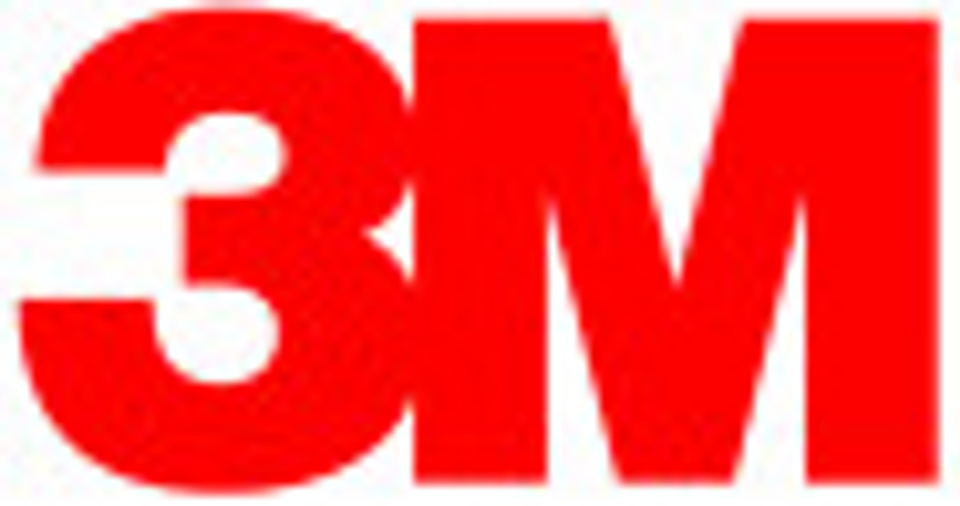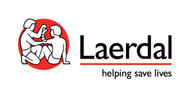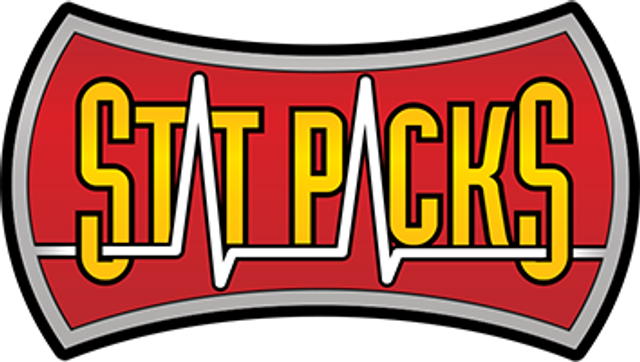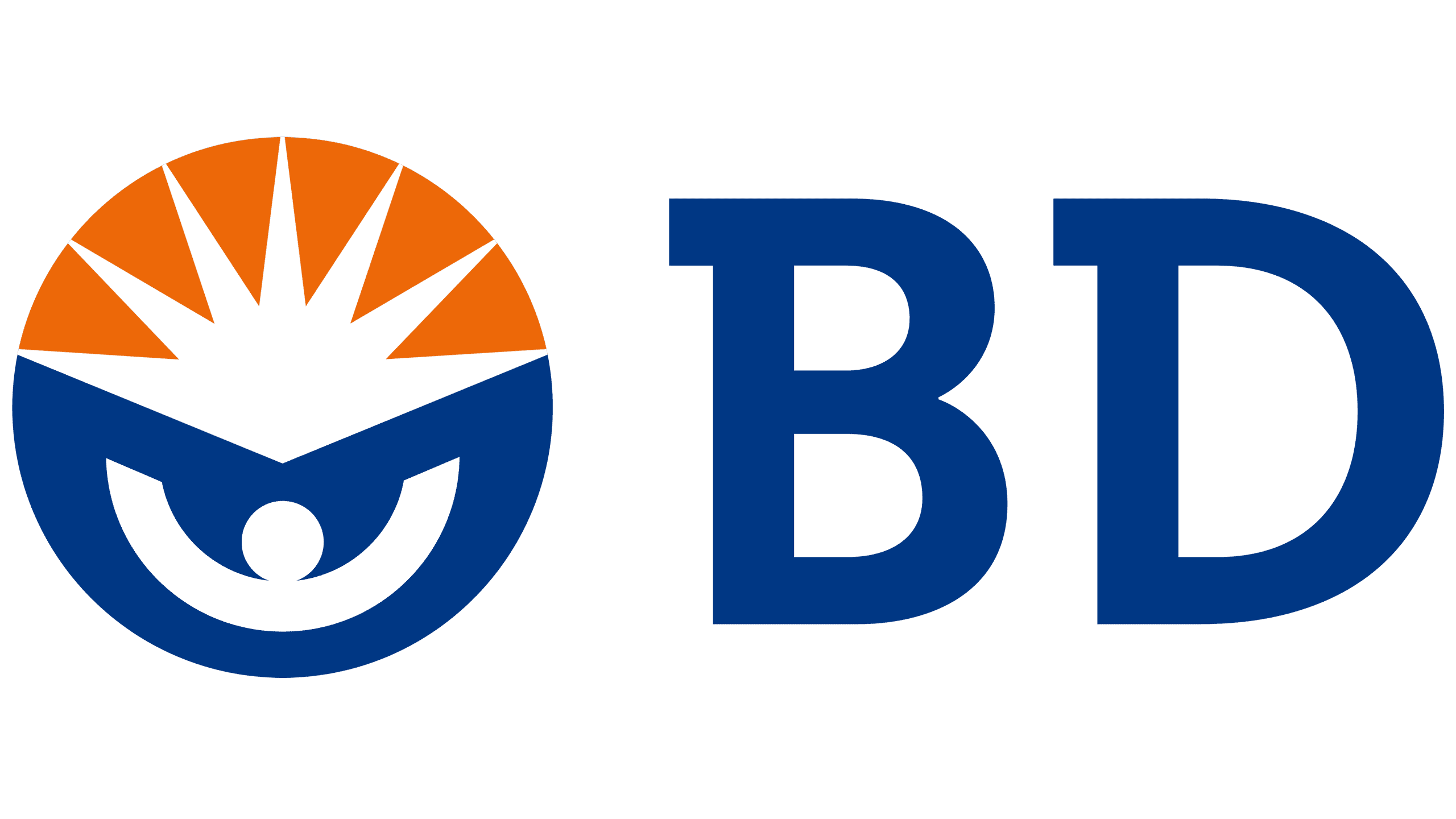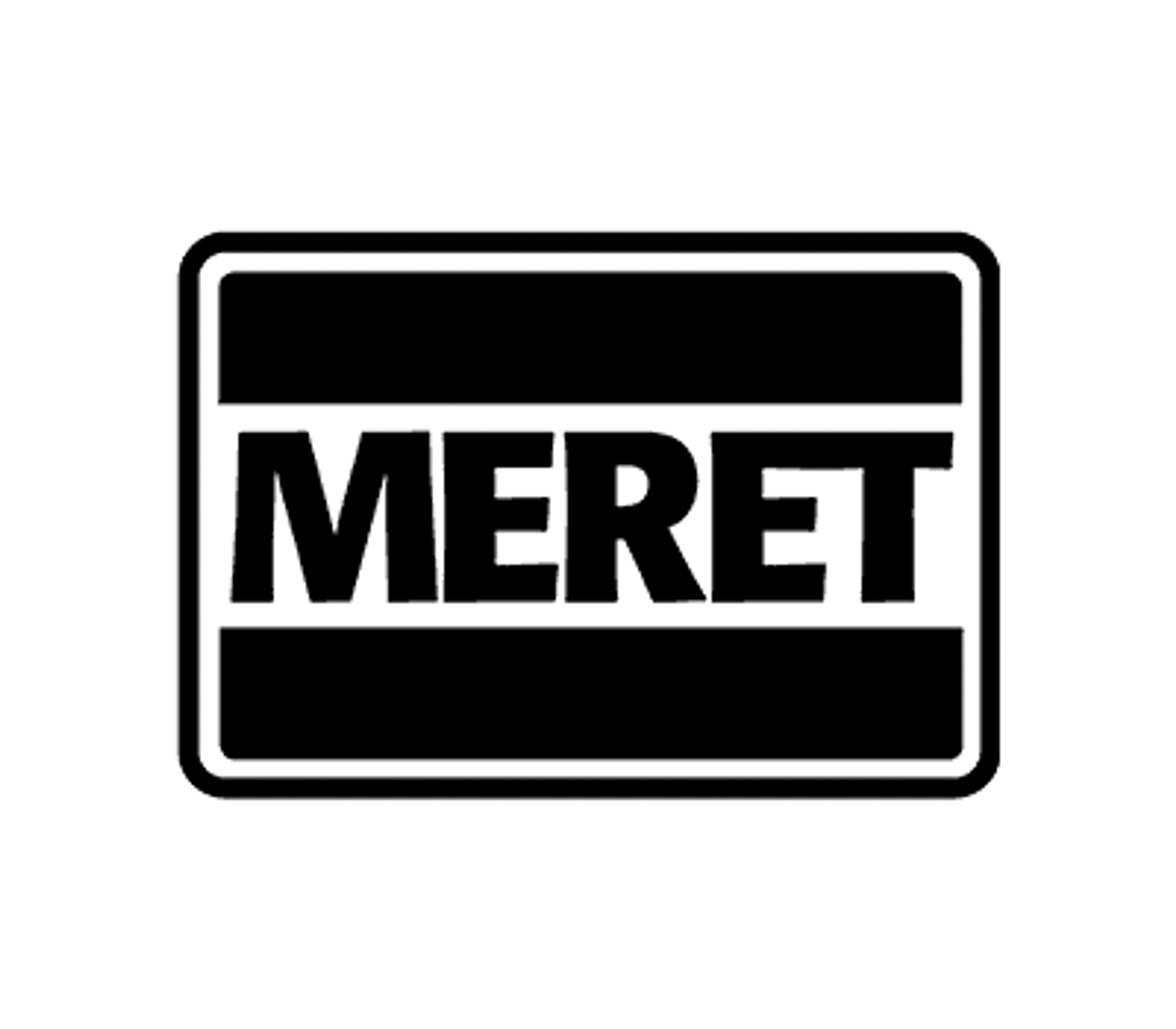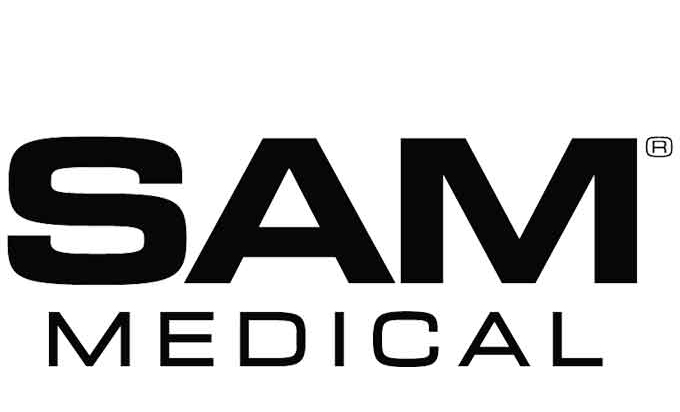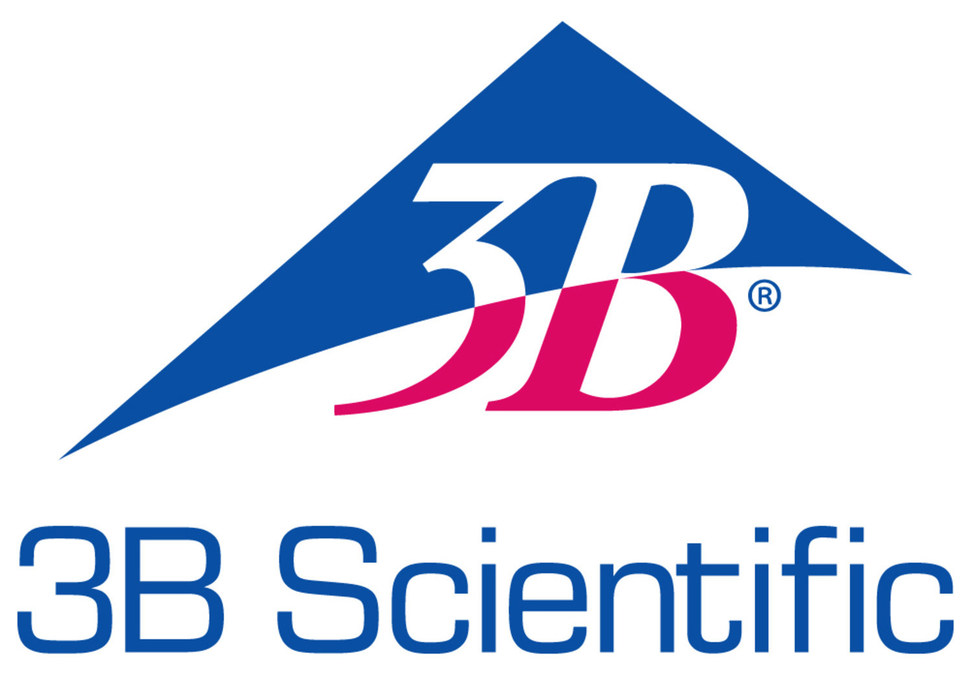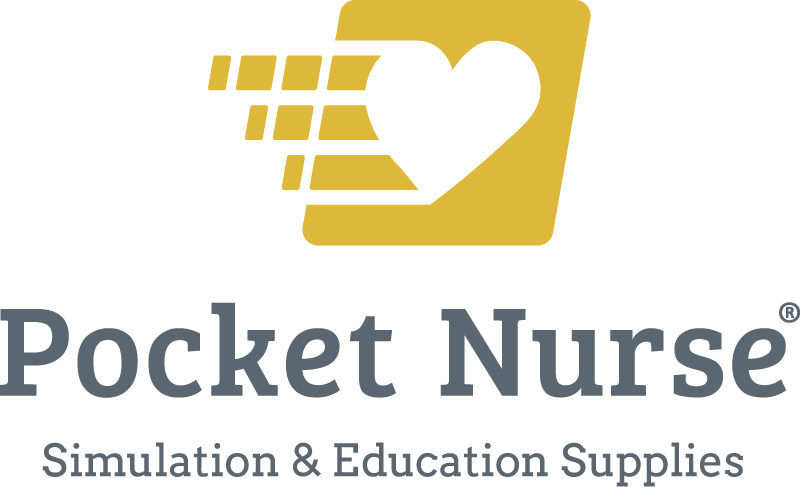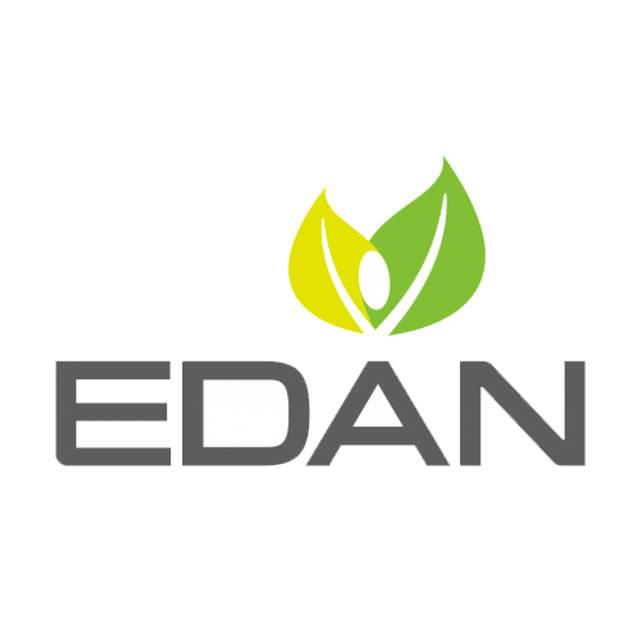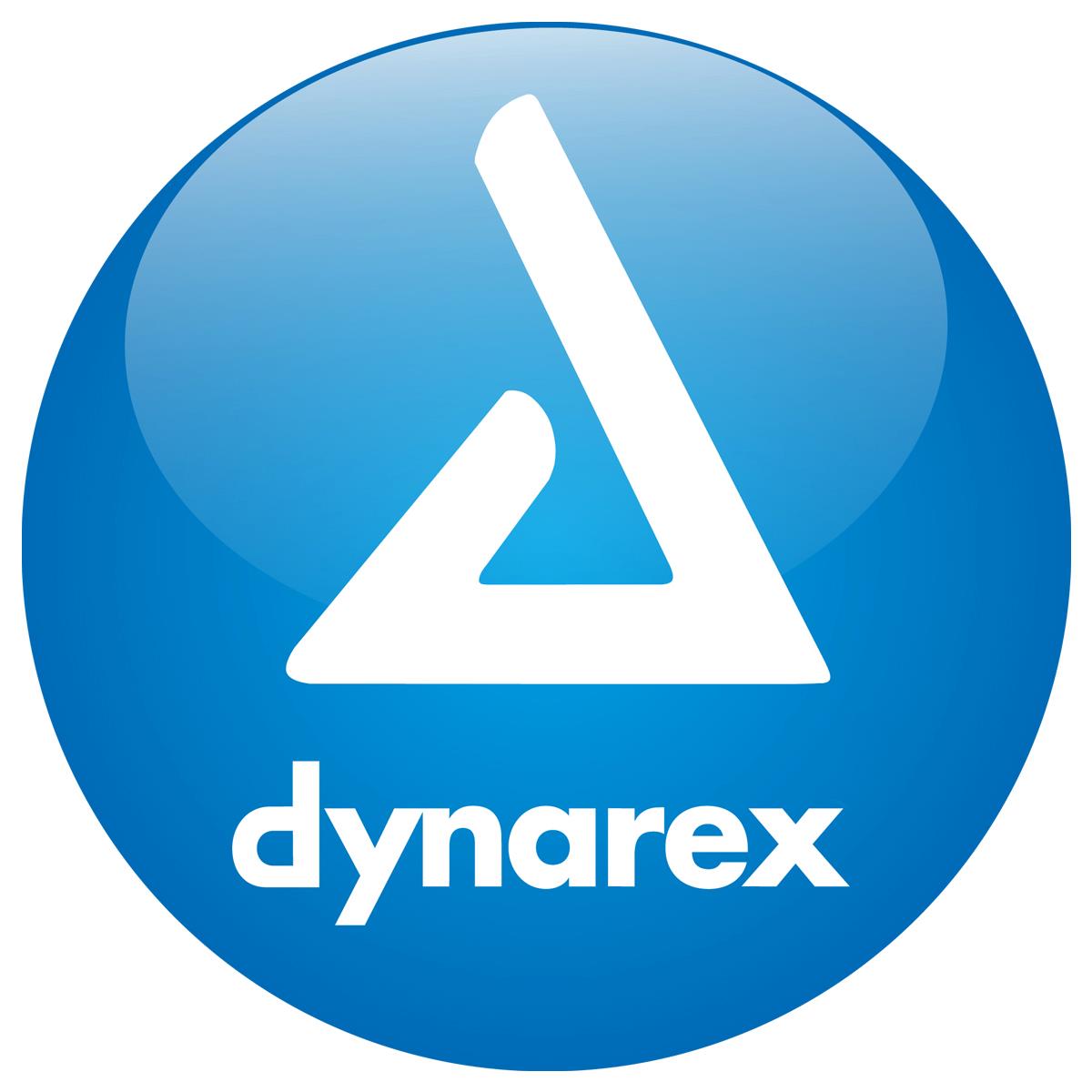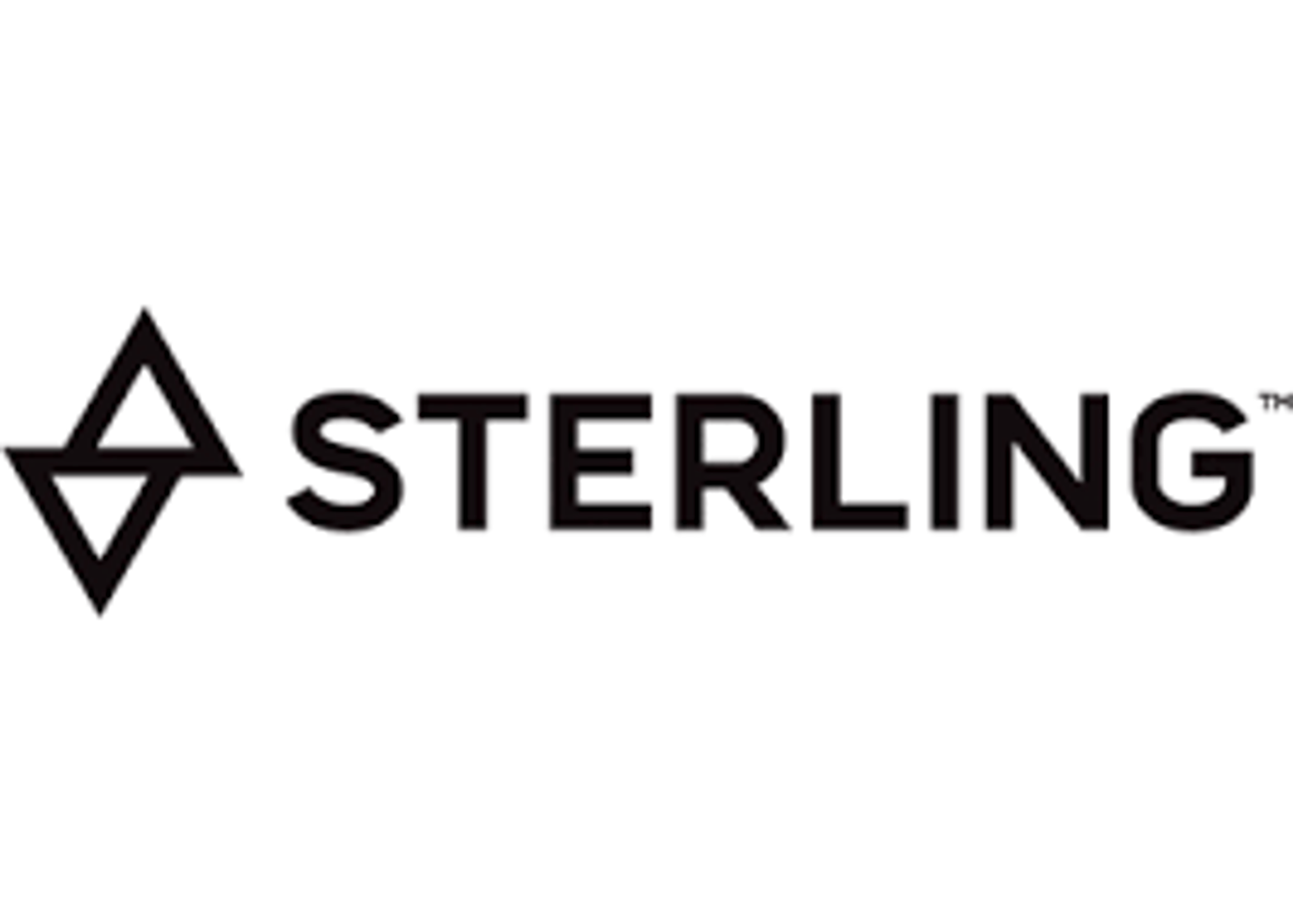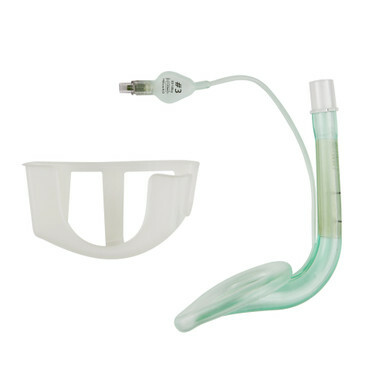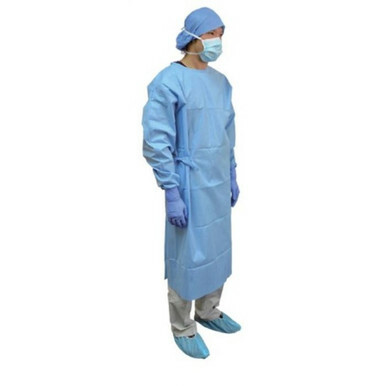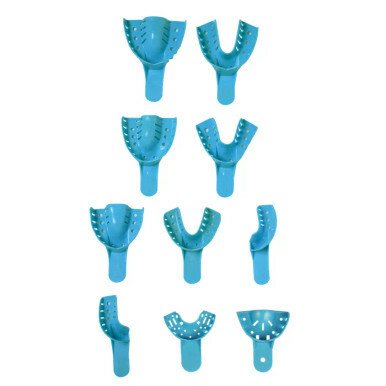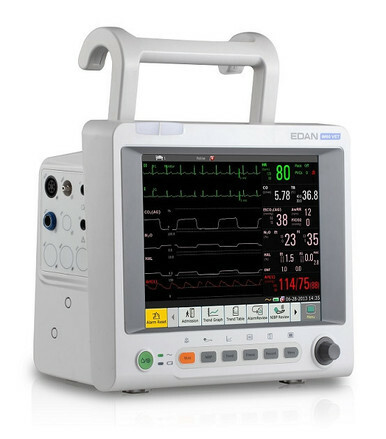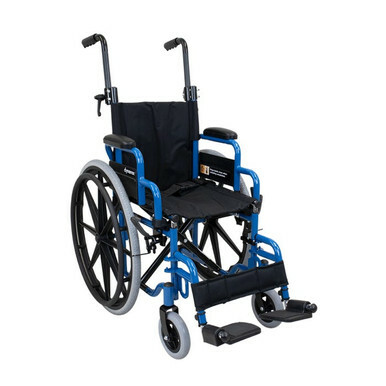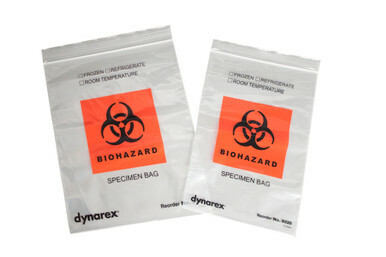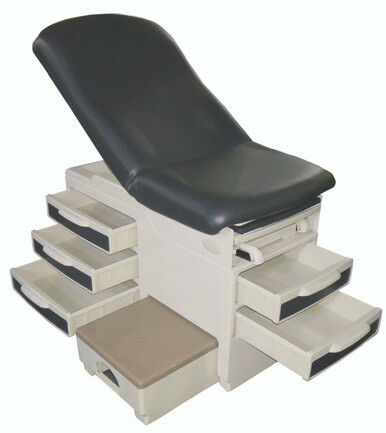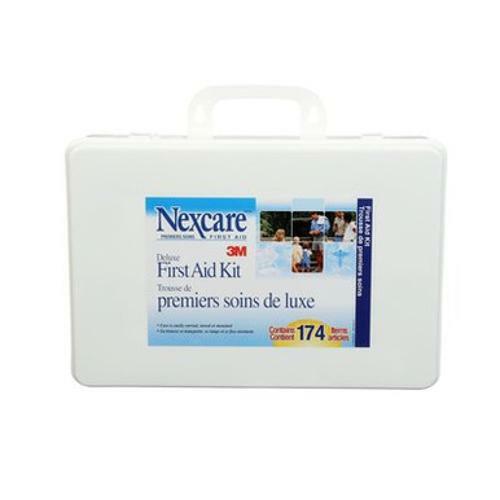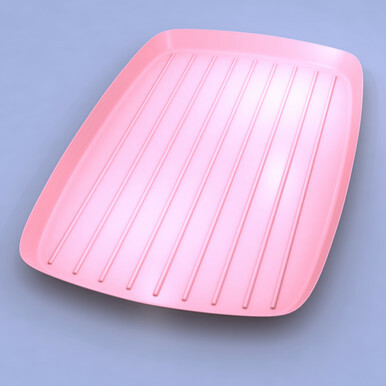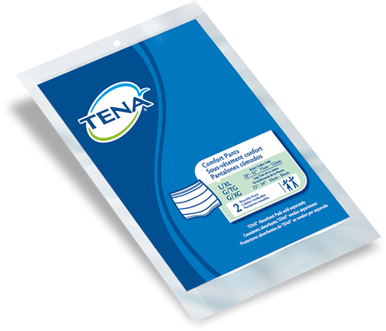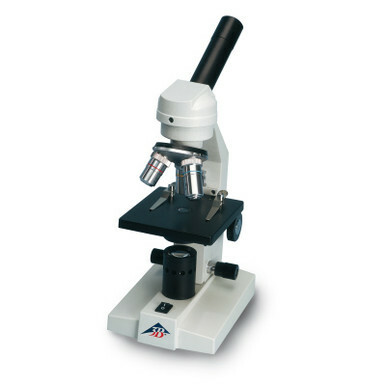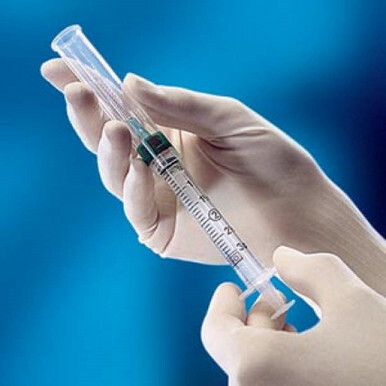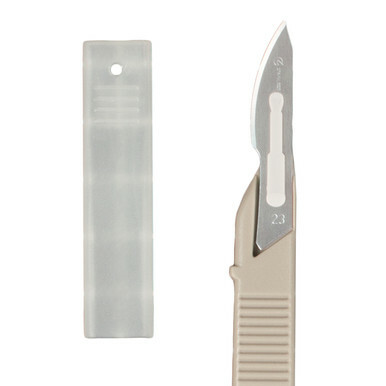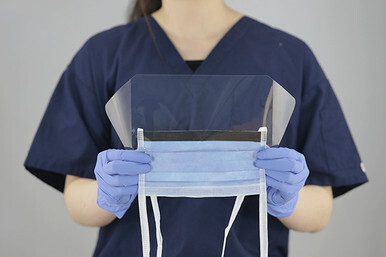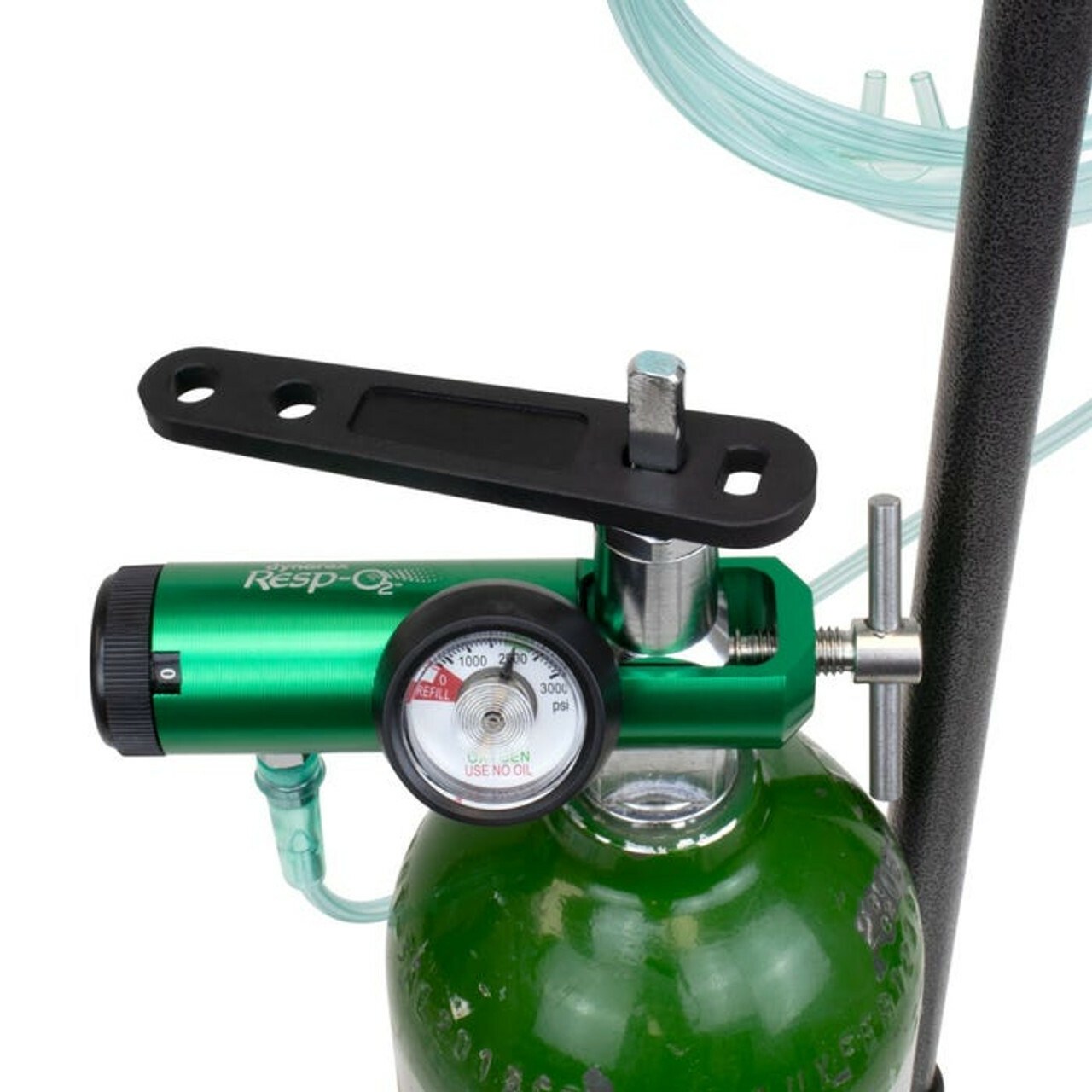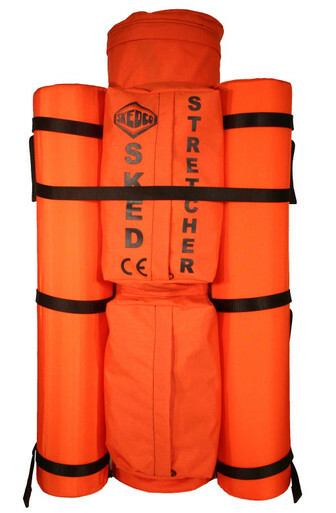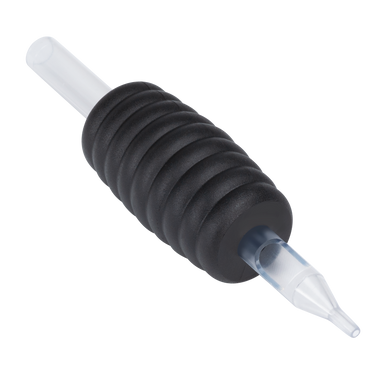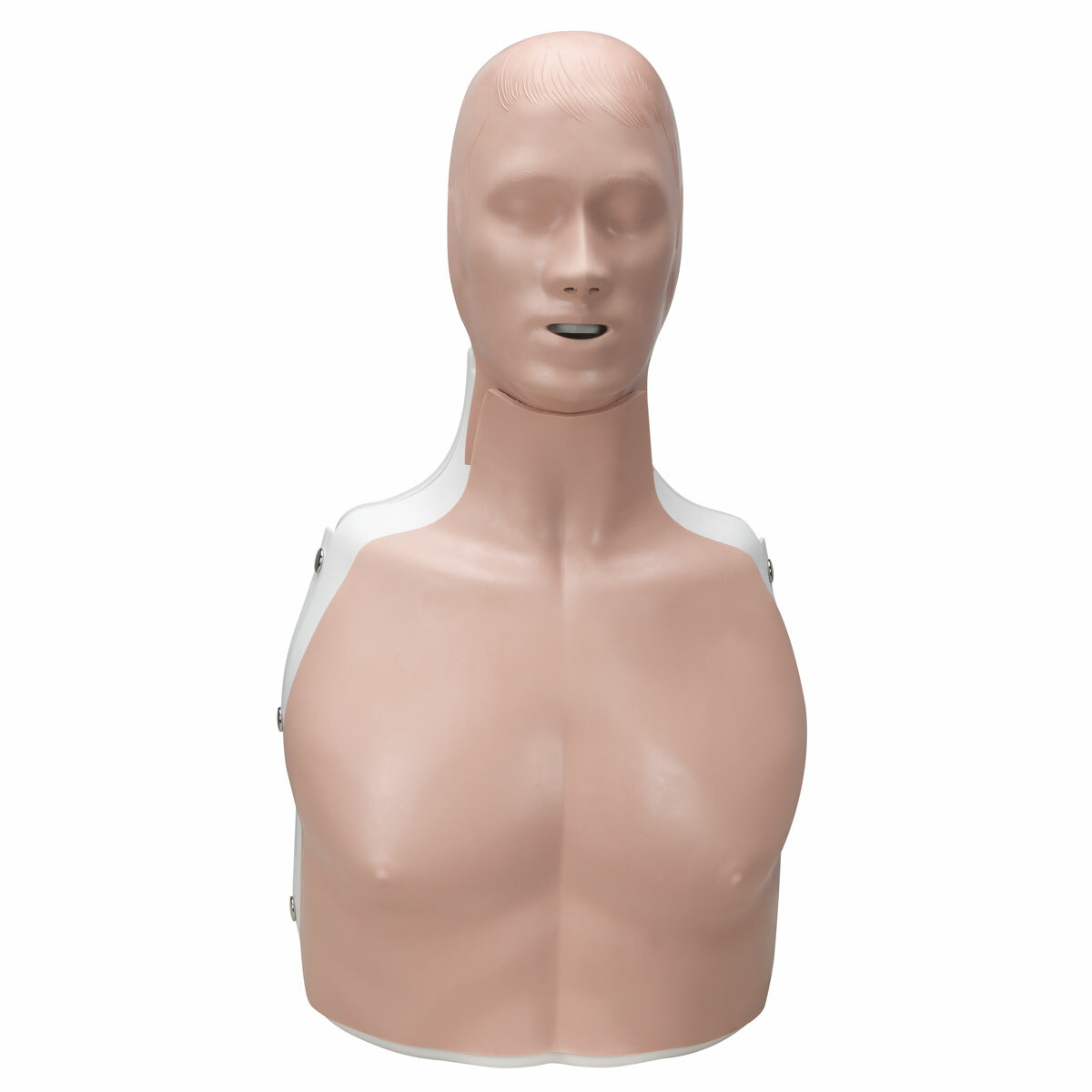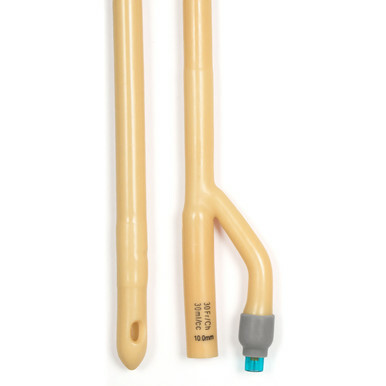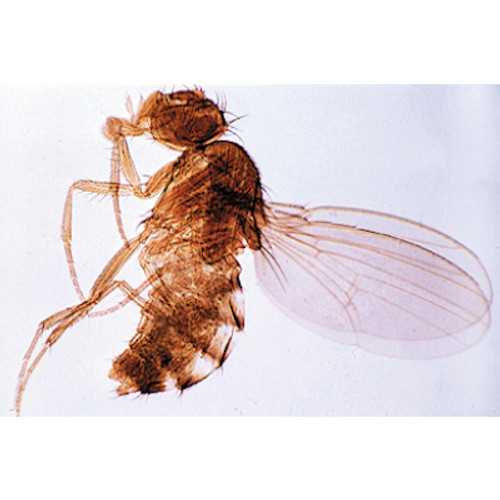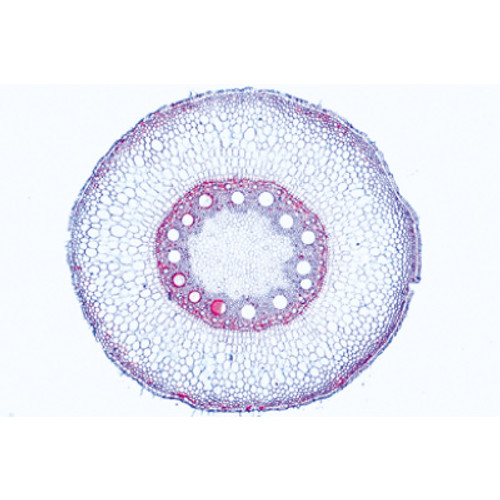Product details
All our histology slides series are standardly coloured with AZAN: a multi-coloured staining with nuclear red for cell nuclei, connective tissue blue, erythrocytes orange and keratinized tissue red. The microscope slides are delivered on best glasses with fine ground edges of the size 26 x 76 mm (1" x 3").
1(c). Squamous epithelium, isolated cells
2(e). Fibrous connective tissue, w.m. from pig mesentery
3(e). Adipose tissue of mammal, fat stained
4(c). Hyaline cartilage of calf, t.s.
5(e). Compact bone of cow, t.s.
6(d). Striated muscles of cat, l.s.
7(d). Smooth muscles of cat, t.s. and l.s.
8(c). Blood smear, human
9(d). Artery of cat or rabbit, t.s.
10(d). Vein of cat or rabbit, t.s. 11(c). Lung of cat, t.s.
12(c). Pancreas of pig with islets of Langerhans t.s.
13(c). Tongue of cat, t.s. with cornified papillae
14(d). Stomach of cat, fundic region t.s.
15(c). Small intestine of cat or rabbit, t.s.
16(d). Liver of pig, t.s.
17(d). Kidney of cat, t.s.
18(d). Ovary of rabbit, t.s., developing follicles
19(d). Testis of mouse, t.s., spermatogenesis
20(d). Cerebrum of cat, t.s.
21(d). Cerebellum of cat, t.s.
22(c). Spinal cord of cat, t.s.
23(e). Nerve fibres isolated, Ranvier’s nodes
24(e). Motor nerve cells, smear from spinal cord
25(d). Scalp, human, l.s. of hair follicles.
| Weight | 0.301 kg |
| Brand | LIEDER |
The Histology of Mammalia, Elementary Set – Slides offers a foundational collection of high-quality prepared slides illustrating the microscopic structure of mammalian tissues and organs. This set covers key examples of epithelial, connective, muscular, and nervous tissues, as well as representative organs, allowing students to explore the organization and function of mammalian body systems.
Ideal for teaching biology, anatomy, histology, and veterinary science, this set provides clear, detailed specimens that help learners understand the cellular and tissue architecture unique to mammals. Each slide is professionally prepared for maximum clarity and long-term durability, making it suitable for repeated use in classrooms, universities, and research laboratories.

